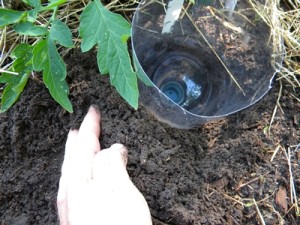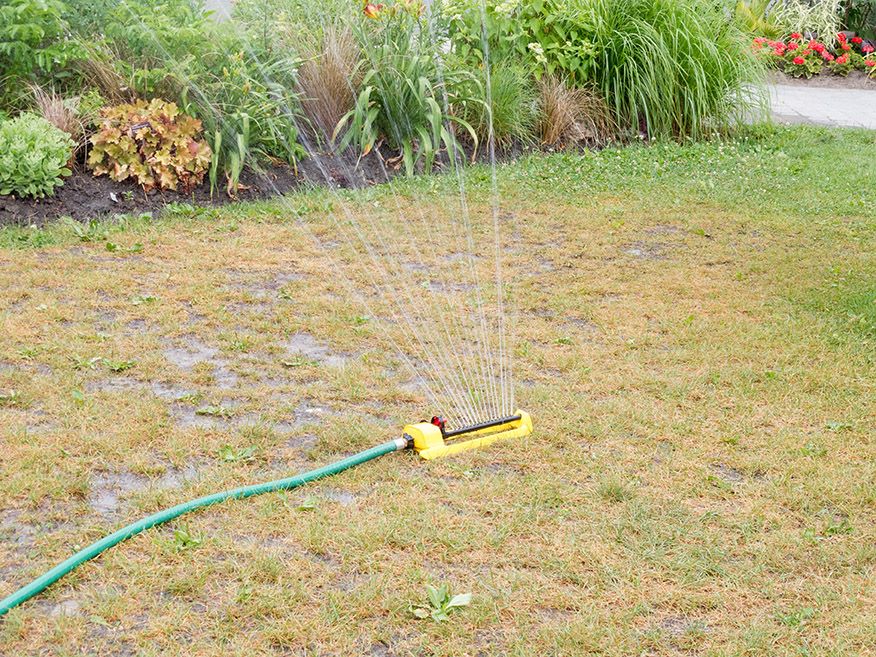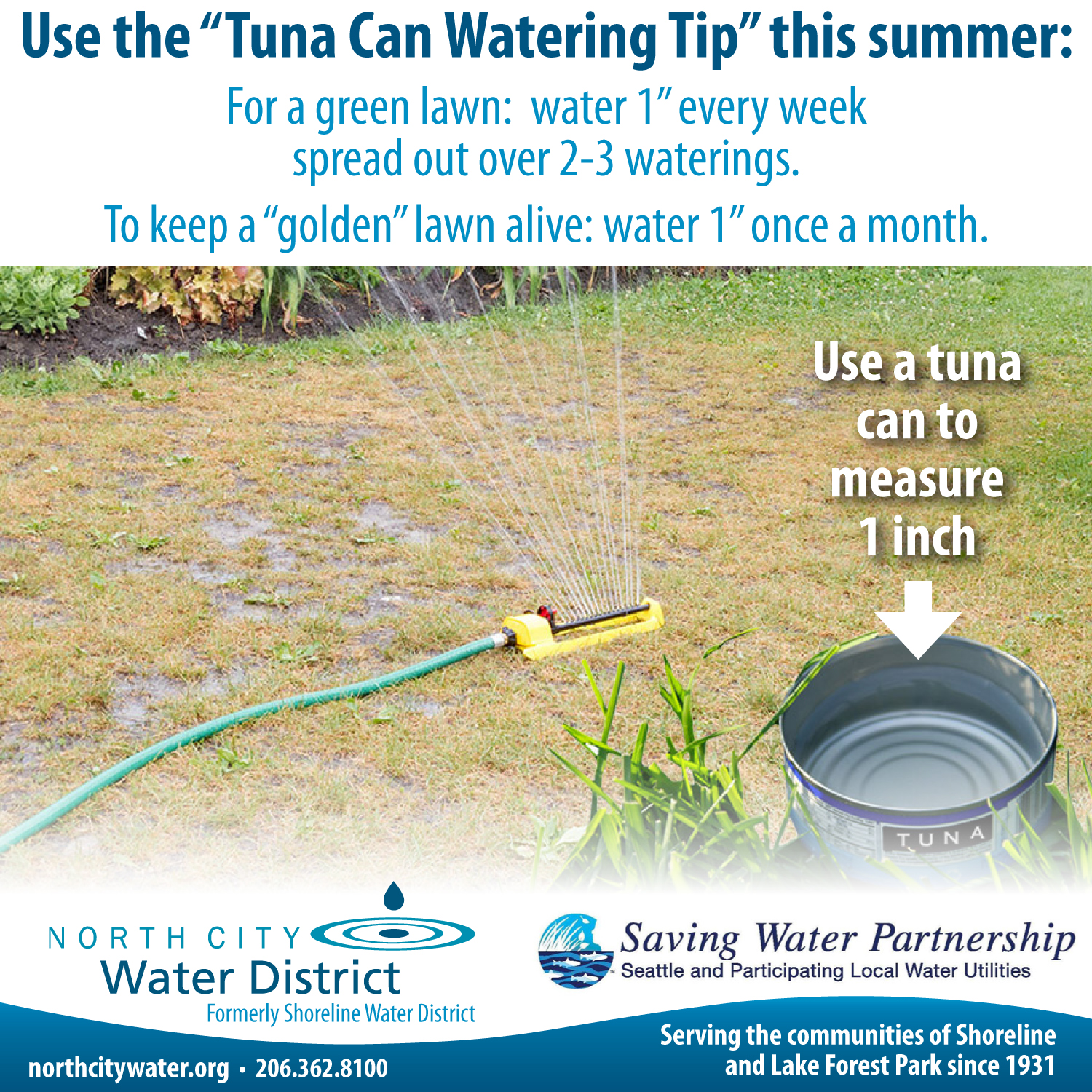Lawns are already “going golden” this year. Given Governor Inslee’s recent announcement about a statewide drought, should you water your lawn, and if so, how much?
Before the idea of watering your grass during a state-wide drought causes consternation, it’s important to recognize the primary reason behind the drought announcement: the overall impact that this past winter’s low snow pack will have on our statewide economy.
Here in the Seattle area, Seattle Public Utilities continues to assure us that water levels are adequate for summer residential use (i.e., watering your lawn, filling up the kiddy pool, and washing the car), as well as public recreation, navigation, the operation of Ballard Locks, safe passage for our salmon, adequate operation of fisheries, and salinity control.
But Shouldn’t We Still Conserve?
Unfortunately, saving water in our area won’t help our neighbors in drought-stricken parts of the state. That said, we continue to encourage all of our ratepayers to use water wisely, and learn as much as possible about ways to conserve through our youth programs, community education booths, and free classes. Below are some handy recommendations for watering your lawn wisely, courtesy of the Saving Water Partnership:
Tips for Watering Your Lawn, Vegetables, and Flower Garden This Summer
- In July, lawns need about 1 inch of water per week, spread out over 2 or 3 waterings, in order to stay green. They need only 1/2 to 3/4 inch per week during the rest of the summer. Lawns allowed to go brown do best if watered deeply once a month in summer to keep the roots alive.
 Use a tuna can to measure your sprinkler’s output. Simply set the can on your lawn under the sprinkler’s flow.
Use a tuna can to measure your sprinkler’s output. Simply set the can on your lawn under the sprinkler’s flow.- Watering deeply and less often is generally best, to moisten the whole root zone.
- Water early or late in the day to reduce evaporation.
- In the vegetable garden, get water right to the roots with a watering can, a watering wand, or drip irrigation.
- For water-thirsty vegetables like tomatoes, poke a small hole in the bottom of a plastic container or the lid of an empty 2 liter plastic bottle, submerge the container or bottle halfway into the earth near the plant’s roots, add a scoop of compost, and fill the container with water. This acts much like a drip irrigation system without the lines, delivering both water and nutrients to the plant. See an example here > and another larger-scale example here >
- For larger areas of your vegetable or flower garden, use drip irrigation or soaker hoses, under mulch, to deliver water efficiently and directly to the roots.
- Build your soil with compost and mulch.
- Where possible, choose plants that require less water / are drought-tolerant.
More Watering Tips:
Visit the Saving Water Partnership website for detailed watering recommendations.


